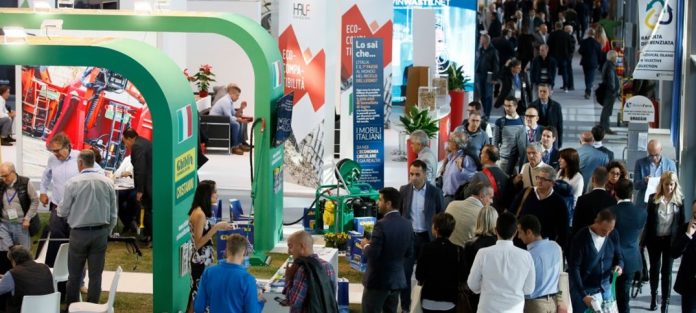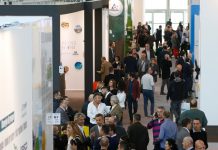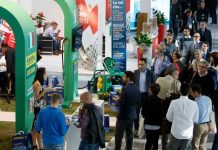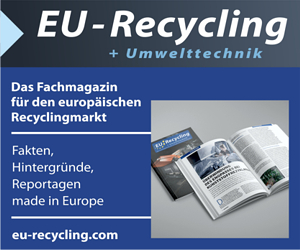At Ecomondo 2018 the scientific community, institutions and European companies will discuss the situation on solutions and strategies for ensuring its availability via circular economy action.
After Berlin and Basle, the 3rd European Nutrient Event is scheduled for Thursday 8th and Friday 9th November at Rimini expo centre during IEG’s green technologies expo. An indispensable element for agriculture, included by the EU among critical raw materials, it can be harmful if it ends up in water in an uncontrolled manner.
In Greek it means “bearer of light” but phosphorous, a chemical element not found in nature in an elemental state, is an indispensable raw material in an agricultural context (for manufacturing fertilizers and therefore our food products), as well as also being a fundamental component of human cells, but risks becoming a “dark matter” due to the difficulty in obtaining it on one hand, and its dangerousness, linked with its dispersion in the environment on the other. It is no coincidence that the European Union has included it in the list of CRM (critical raw materials), while the sustainable management of phosphorous has been indicated as the third most critical limit of our planet.
What should be done?
The topic has been on the agenda of the scientific community and international political organizations for some time. For an insight on the current situation as far as problems and solutions are concerned, the key event is the third European Nutrient Event co-organized, among others, by the Horizon2020 SMART Plant European innovation action, the European Sustainable Phosphorus Platform, the Italian Phosphorous Platform and the HERA Group, on Thursday 8th and Friday 9th November at Rimini expo centre. A two-day event which, following Berlin in 2015 and Basle in 2017, will be held this year in Italy for the first time, in the context of Ecomondo, the large event dedicated to the green and circular economy organized by Italian Exhibition Group, now at its 22nd edition. The curator is Professor Francesco Fatone, lecturer at Università Politecnica delle Marche, member of the Ecomondo technical-scientific committee and coordinator of the European Smart-Plant project.
This is no casual choice: In fact, this year, the third European Nutrient Event is concentrating attention precisely on the countries of the Mediterranean area, starting with Italy, where, as foreseen by the last Budget law, the Italian Phosphorous Platform will be shortly set up, with the aim of encouraging adequate legislation, which is increasingly necessary for the recovery and re-use of phosphorous by means of the introduction of circular management models of the wastewater and waste purification cycles. Countries like Germany, Switzerland, Finland, Sweden and Denmark have already made laws on the compulsory recovery and sustainable management of phosphorous.
As is demonstrated by the Horizon 2020 SMART-Plant project (www.smart-plant.eu), with Italian coordination, technology for the recovery of phosphorous and other valuable materials from wastewater treatment is already available and being tested in existing WWTP in Italy and Europe. Circular economy processes are being slowed down, particularly in Italy, by barriers and uncertainty as far as legislation and regulations are concerned. Barriers and uncertainties recently created the “sludge emergency”, for example, with the decision of Lombardy’s Regional Administrative Court (20th July) which blocked the re-use in agriculture of sludge produced by WWTP. Similar problems have also occurred in Tuscany, where an average of 10,000 tonnes of sludge are produced each month.
In Italy, approximately five million tonnes of sludge are produced every year by WWTP. “Sustainable technology achieved by projects such as Smart Plant currently shows that it is possible to transform WWTP into plants for the recovery of renewable material with a value and a market: it is necessary to work to acknowledge this circular economic value, while at the same time ascertaining health and environmental safety,” stresses Professor Francesco Fatone. This is confirmed by the innovative plant inaugurated on 12th February in Carbonera, in the province of Treviso: it is the largest pilot plant in operation in urban WWTP which, thanks to its innovative technology, is able to recover approximately one kilogram per day of bioplastics and 300 grams of struvite (phosphate salt) from purification sludge.
Source: Italian Exhibition Group S.p.A.






